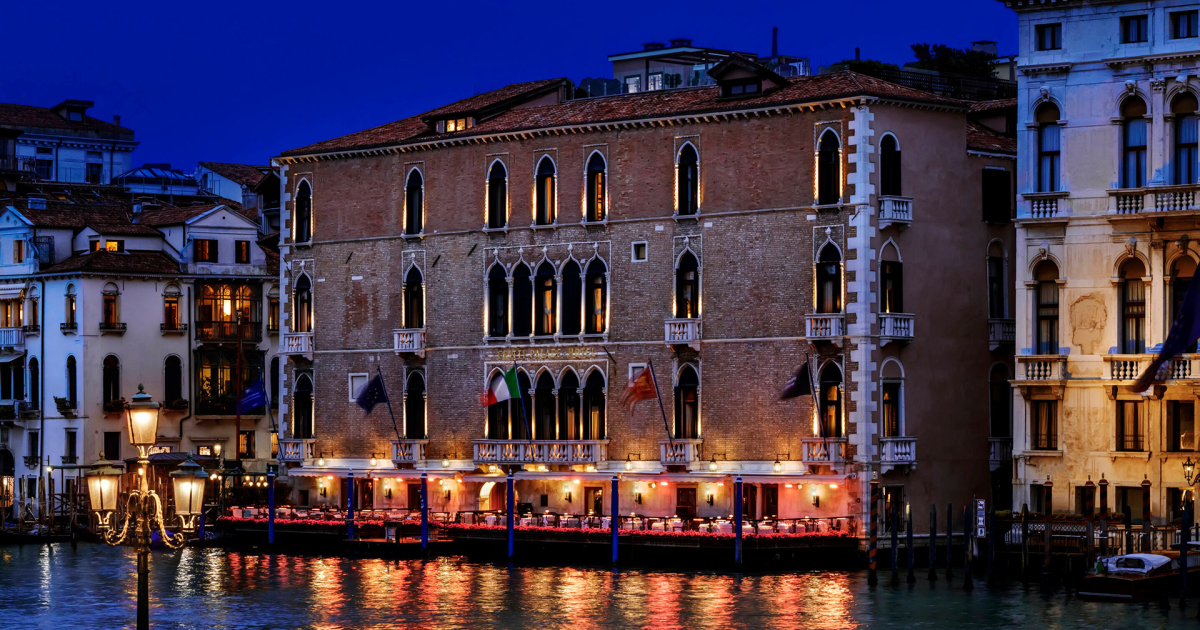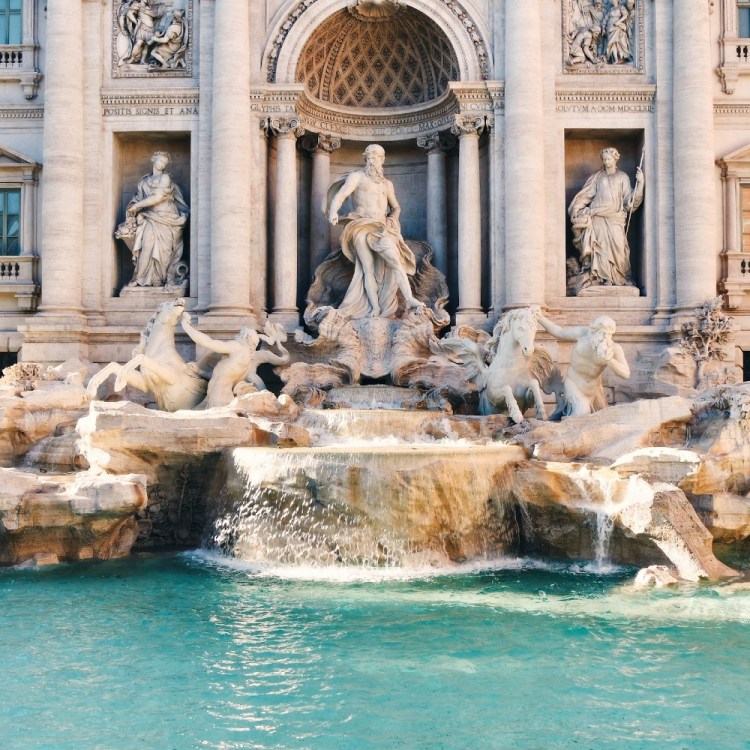The Venice Biennale, like the Olympics, occurs every two years. Unlike the Olympics, it’s always in summer, because that is the optimal time to walk around in the sunshine looking at art.
In short, the festival invites the great and the good of the art world gather all along the city’s canals and lagoons to present their finest artists — both in national “pavilions” and in a themed exhibition. This year, for the former, the U.S. sent Martin Puryear, the 78-year-old sculptor with a resumé worthy of a Hemingway hero: a Peace Corps volunteer in Sierra Leone, where he studied local woodworking techniques; student at the Royal Swedish Academy of Arts; Yale MFA grad; star of innumerable exhibitions around the world.
Puryear and the U.S. were “bested” for the “top” prize of the Golden Lion — all notions of superiority taken with a large grain of salt here because this is, ultimately, art, and who could ever suggest such a subjective thing could be measured and judged like a 4×400 meter relay? — by Lithuania, the tiny Baltic nation, with Sun & Sea (Marina), a performance created by three women, Rugilė Barzdžiukaitė, Vaiva Grainytė and Lina Lapelytė. A cast of sunbathers and beachgoers lounge on the sand in their performance, an opera bemoaning the state of our changing natural world — as the creators put it, “a pop song on the very last day on Earth”: “You see, we had Christmas at our farmhouse, But this year, there was no frost, no snow, it felt like it could be Easter!”
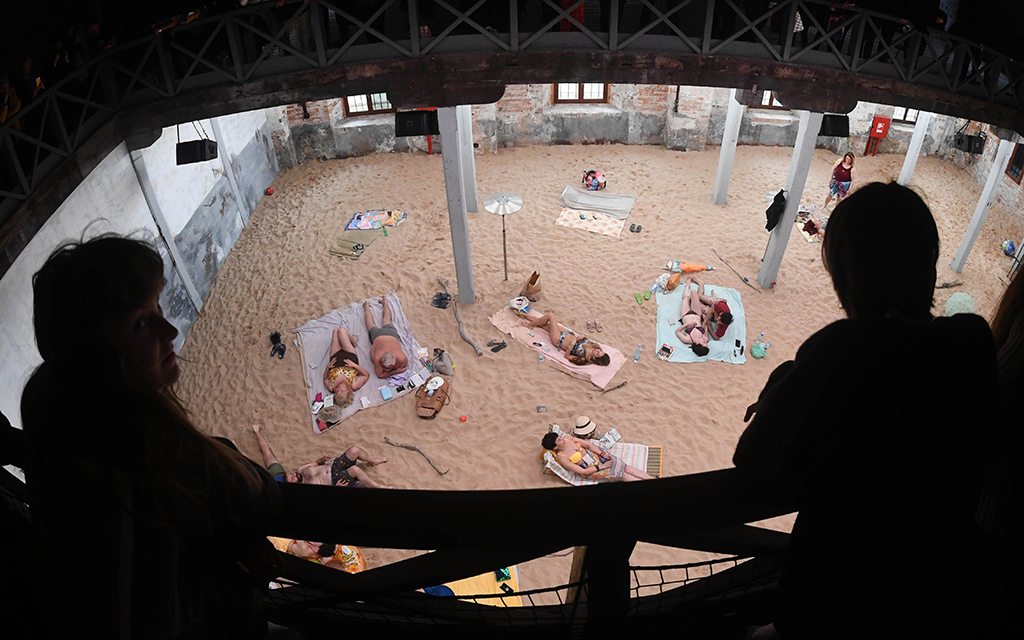
Theirs was one take on catastrophe: wry, sly, sometimes joyful. Fittingly, the main exhibition’s title was May You Live in Interesting Times, but it might as well have been A Couple Hundred Ways of Considering the Catastrophic. Swiss-Icelandic artist Christian Büchel installed a massive boat in front of a café — no big thing until you understand that 800 migrants died in its hull when it sank in the Mediterranean in 2015, and that the work’s title — Barca Nostra, “our boat” — is an indictment of the Western world’s migration policies. Bahamas-born artist Tavares Strachan, who often works in the U.S., paid tribute to African-American astronaut Robert Henry Lawrence, Jr., killed in a training accident in 1967; following his death, Strachan’s piece tells us, Lawrence’s wife received mail from racists expressing their delight. Christian Marclay presented a video collage of 40 different war movies playing simultaneously. And American artist Arthur Jafa won the central exhibition’s main prize — an individual corollary to the group category won by Lithuania — for work including White Album, a video investigating, critiquing and mourning his relationship with white America today.
Perhaps sports and visual art once provided some measure of escape from the politics of the day. Anyone looking for respite won’t find it here — anymore than they will as the anthem plays during an NFL game.
Regardless, the Biennnale is a worthwhile destination if you can carve out some time this summer. Plus, Venice is lovely (if overcrowded), and we’ve got tips below on how to enjoy the art as well as everything else the city has to offer.
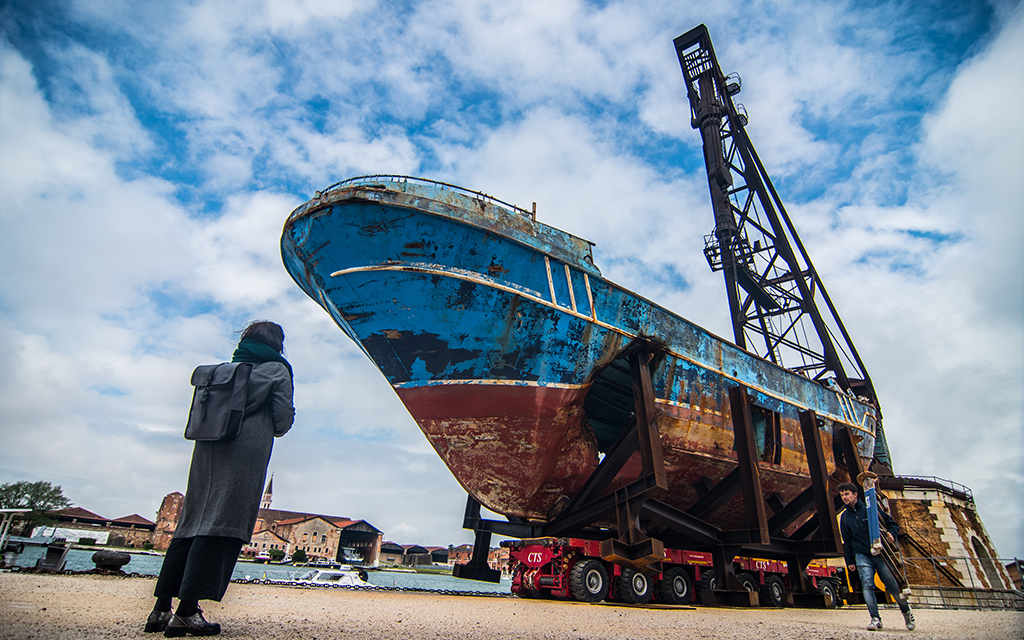
How to Biennale
The main exhibition is split between two sites, at the Arsenale and Giardini, about a 20-minute walk from one to the other. The Giardini is also home to the major national pavilions, permanent sites hosting artists from the U.S., the U.K., France, Russia, Japan, Scandinavia and others. (Imagine a Hunger Games-style Victors’ Village and you’ve basically got the look.) Some countries — including China, Italy, the Philippines, and Ghana — are showing in the Arsenale, while others opted for farther-flung locations. Estonia and Iceland, for example, took over spaces on Giudecca, while others, like Bangladesh, Iraq and Ivory Coast, are spread across the city. The Biennale’s comprehensive website indexes locations, opening hours, and cost (one ticket covers the Arsenale and Biennale; many other exhibitions are free). Be sure, though, to double-check performance times — for example, the lauded Lithuania piece is only performed on Saturdays.
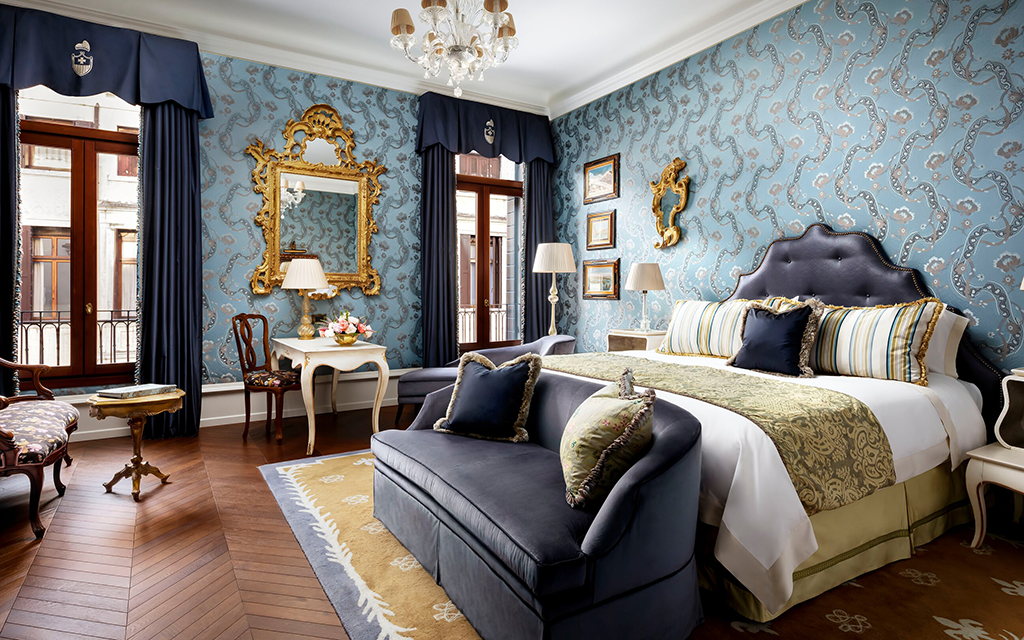
Where to stay
Venice is expensive, a situation amply reflected in its hotel offerings. Feel free to spend around $1,500 a night at the sumptuous Gritti Palace, a 15-century palazzo looking out on a particularly spectacular section of the Grand Canal. For a different but still extremely well-heeled vibe, the Belmond Hotel Cipriani occupies another 15th-century palace, the Palazzo Vendramin. The location on the island of Giudecca, though, means fewer crowds, more room to (literally) splash out in a saltwater pool, and singular views. For our money? Single travelers and low-key couples will do well at the Generator Hostel, with a stylish common space and cheap dorms and private rooms, some of which offer views rivaling the Cipriani’s, with doubles available for about 10 percent of the Cipriani rates.

How to get there and around
American, Delta and United fly non-stop to Venice’s Marco Polo airport from the U.S.; otherwise, consider an inexpensive add-on from London or Paris (both via budget airline EasyJet). It’s easily accessible from other Italian destinations by air or train, passing from the mainline station at Mestre to Venice’s Santa Lucia terminal.
Once in Venice, travel becomes more complicated, and expensive. (Off-season you can fly from London to Venice for not much more than a €20 24-hour Venice Unica pass offering nearly unlimited use of Venice’s public transportation system.) Most single journeys on a waterbus are €7.50 — making the Venice Unica pass a good buy, especially over longer periods (7 days is €60). On the plus side, the public transit system is extensive, and the waterbuses generally adhere well to their scheduled times — plus they offer one of the city’s best experiences: gliding through it.
This article appeared in an InsideHook newsletter. Sign up for free to get more on travel, wellness, style, drinking, and culture.
